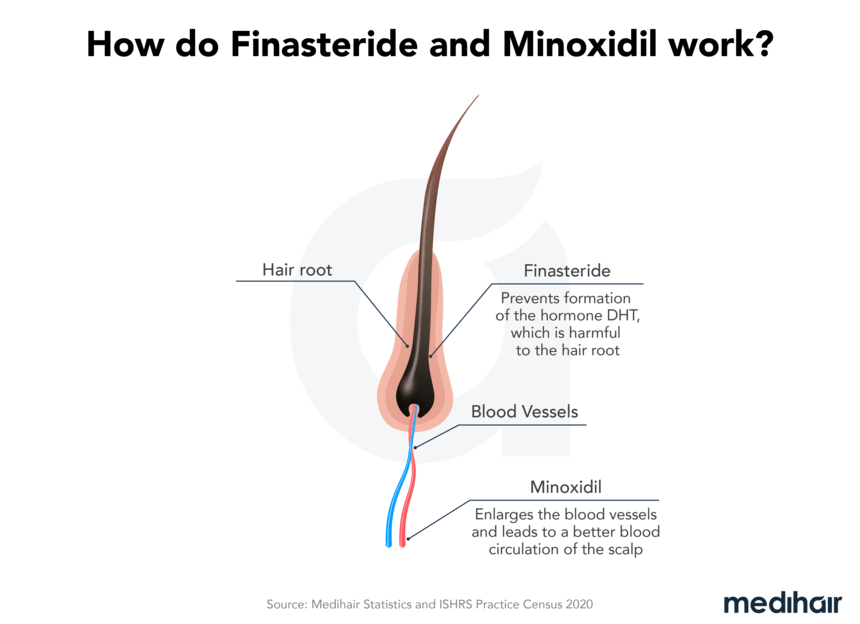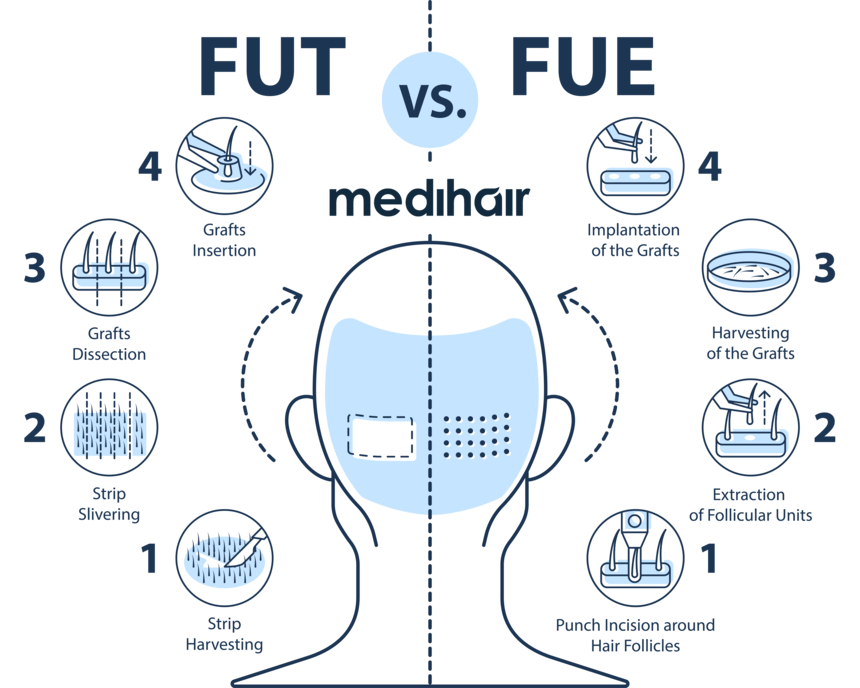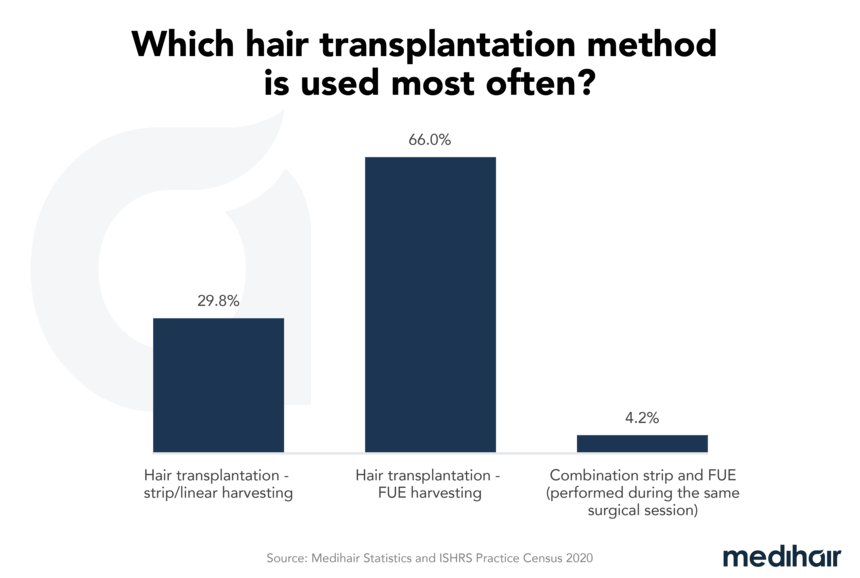Transgender hair transplant

Transgender hair transplants play a crucial role in helping transgender individuals achieve their desired appearance. Whether transitioning from male to female (MtF) or female to male (FtM), these hair transplants are customized to meet specific needs. In this article, we will explore the possibilities of transgender hair transplants including top clinics, cost, and more.
Most Important Findings
| Differences | Position, shape, flow of hairs... |
| Available Methods | FUT, FUE, DHI |
| Costs | $2,000 - $15,000 |
| Is shaving necessary? | No |
| Clinics | Top 3 clinics |
| Clinic and Doctors | Location |
|---|---|
| 2pass Clinic | Belgium |
| Dr. Bonaros | Scotland |
| BHHR (Dr. John Kahen) | USA (Beverly Hills) |
- Free
- Fast
- Non-binding
| Male hairline | Female hairline |
|---|---|
| Position is approx. 2.75 inches (7 cm) above the brow. Much further back than female hairlines. | Position is approx. 2 inches (5.5 cm) above the brows. More forward than masculine hairlines. |
| Shape recedes around the temples creating an M-shaped hairline | Shape is more oval shape or inverted u-shape |
| Frontal hairs have a forward flow | Frontal hairs display a whorl flow or cowlick-shaped pattern facing backward |
| Male pattern baldness that causes hairline to recede and bald spots | Overall thinning and hair loss |
Frequently Asked Questions
Hair transplant before or after FFS?
Will my hair regrow if I start using hormones?
How long does it take for you to be able to dye the hair after surgery?
Sources






